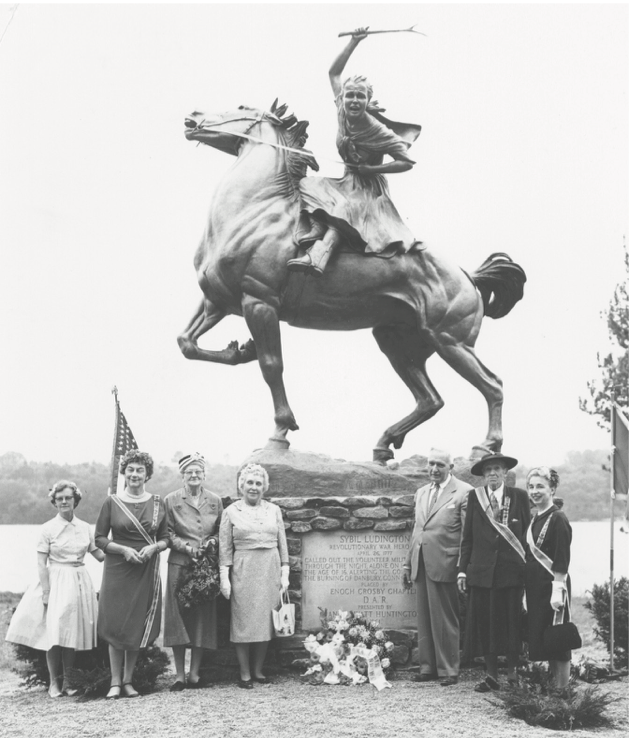
Your town is under invasion. What do you do? Hide? Flee? Not sixteen-year-old Sybil Ludington! She rode through forty miles of enemy-infested territory to let her father and his regiment know that the British had laid siege to their home, and weren’t stopping. Every child reads about the heroic tale of Paul Revere and his late night ride, warning of impending British arrival. Here’s a lesser-known story of brave Sybil Ludington, whose heroic journey during the Revolutionary War, like the more famous Revere, aided the Continental Army, and helped suppress the British forces in Colonial America.
War!
Colonists’ appetite for separation from British rule grew over many decades in the late 18th century. As Americans switched loyalties, enemies to the crown mingled with Patriots in small communities, where skirmishes in backyards between revolutionaries and their Royalist neighbors and former friends intensified. A new provincial congress, calling itself the Convention of the Representatives of the State of New York, commissioned Henry Ludington as a colonel, with his own regiment, the Seventh of the Dutchess County militia. Ludington was responsible for the route the British might take to and from Connecticut and the coast on Long Island Sound, keeping order on the Connecticut frontier. And in 1776, Ludington built a gristmill to provide for his growing family.
Who was Sybil?
Sybil was one of twelve Ludington children. Her father Henry Ludington had once served the king as a captain of the Fifth Company of the Second Battalion of the Fredericksburgh Regiment of Militia in Dutchess County before becoming a staunch revolutionary. Sybil was a very capable young woman at
Danbury Burned
The Continental
When rumors spread among the threatened colonists, families were forced to make impossible choices. Many fled. Some hid in barns and forests, and others escaped with all they could gather. Parents chose to flee with their families to safety or defend their homes against the enemy. As British attacked Connecticut, stories spread of young boys being hunted down and killed. All able-bodied Americans were called to the aid of their fellow Patriots.
The two-thousand-man British force took control of Danbury, destroying Patriot military stores. Homes and storehouses were burned to the ground. As Danbury fell, colonial dispatchers rode in all directions seeking help. American troops rallied to a defense of Danbury, but it was too late.
“As the British troops reached a point near the present location of the court-house their artillery was discharged and the heavy balls, six and twelve-pounders, flew screaming up the street, carrying terror to the hearts of the women and children, and dismay to the heads of the homes
thus endangered.” — James Montgomery Bailey, History of Danbury, Conn.
Sybil’s Courage
Before long, a scout roused the Ludington household, and Sybil sped out into the night on her way to rally the Colonel and his regiment. Her approximately fifty-mile horseback ride took her to Cold Spring, south to Shaw’s Pond, now Lake Gleneida at Carmel, then on to Lake Mahopac, Mahopac Falls, Stormville and home. As daring as her act was, Sybil knew the narrow dirt roads of Mahopac and Carmel. Along her route, villagers heard her banging on their shutters and cries for a call to arms. By morning, Colonel Ludington’s regiment was prepared to face the enemy, but the British anticipated the surge of the Americans, and retreated to Fairfield. Ultimately, her ride through the countryside hastened Colonel Ludington getting to Ridgefield, driving the British back to their ships.

Lost History
How did such a heroic act by a young woman elude the history books? Even though she was first mentioned in 1880 by a highly respected historian Martha J. Lamb in her History of the City of New York: Its Origin, Rise, and Progress, Sybil Ludington hadn’t broken through into popular historical writings. Sybil’s heroic journey remained family legend until 1907, when two of Henry Ludington’s grandchildren, commissioned research on the Revolutionary War hero, which aroused a boon in


